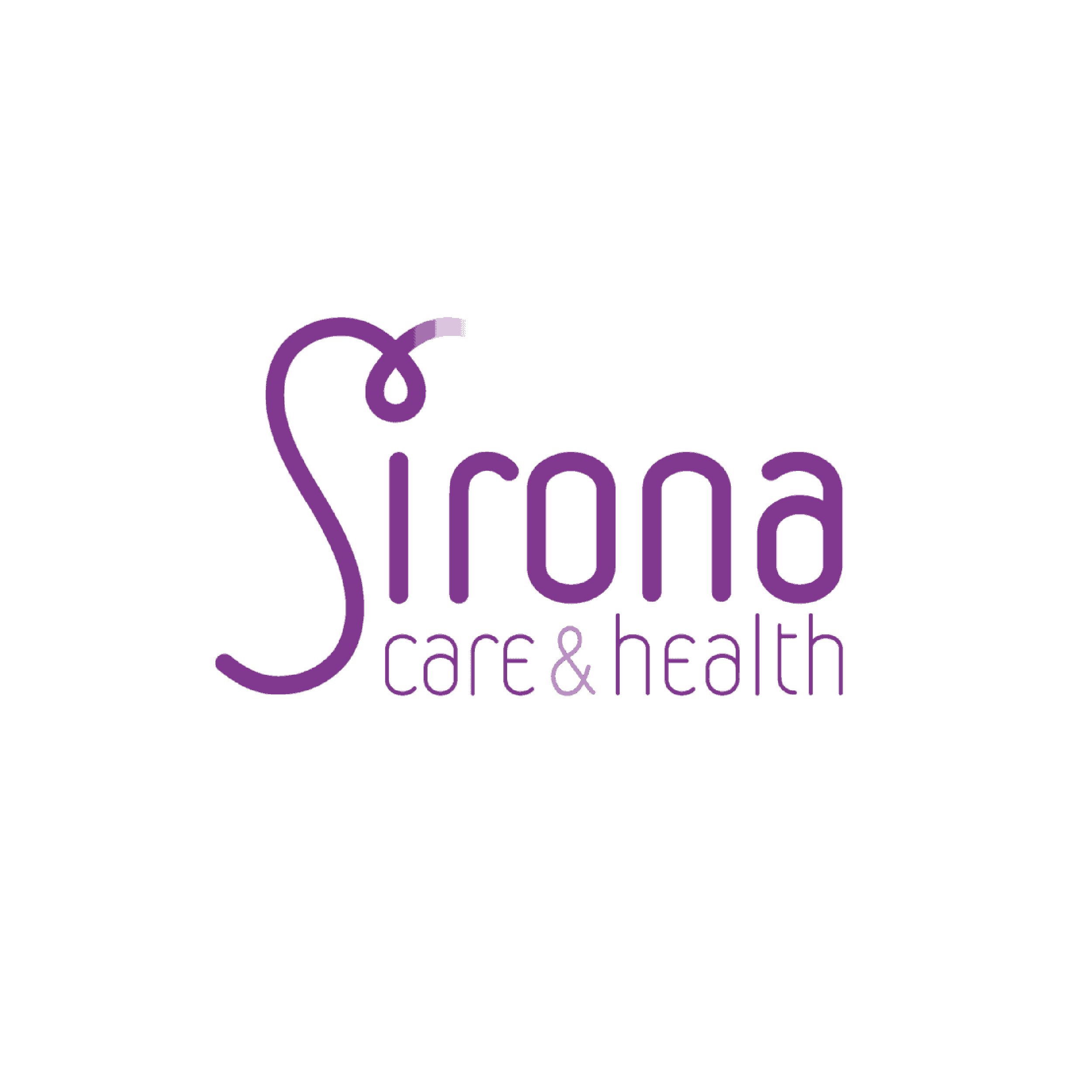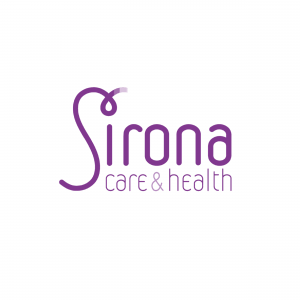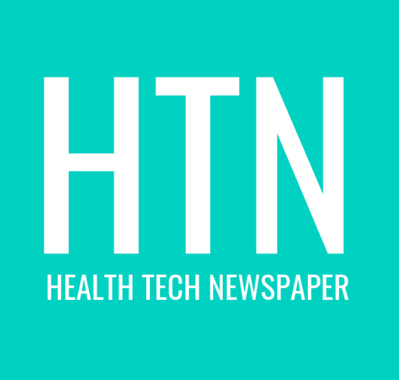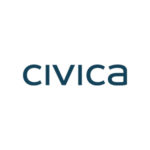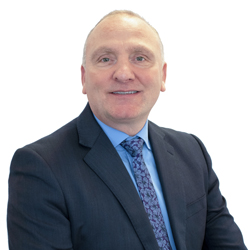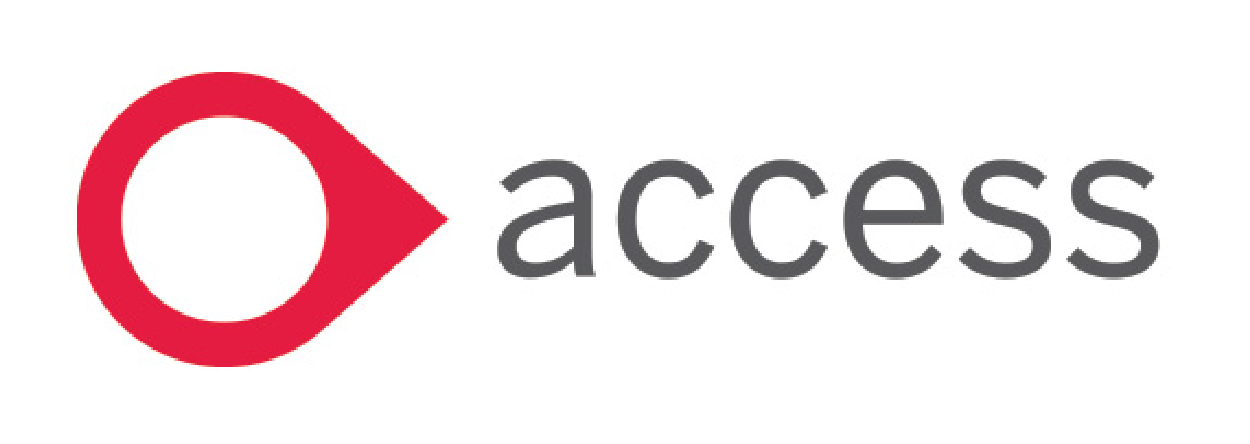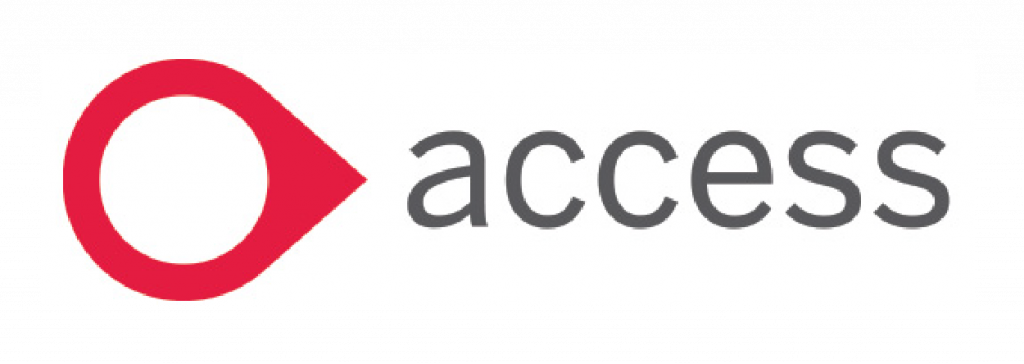How can interoperability transform healthcare in Scotland?
Interoperability is crucial for efficient and effective sharing of healthcare information between different healthcare providers to deliver quality patient-centred care. One of the key priorities in Scotland’s Digital Health and Care Strategy focuses on delivering data-driven services in a secure, transparent and ethical way. It realises by improving data quality and better interoperability that we can then look to share information across health and social care consistently, to make joined-up patient care possible.
The current health and social care landscape across Scotland is underpinned by a vast range of digital health technologies. Invariably these technologies do not talk to one another. This could mean that patient data is often siloed and not available to health and social care professionals in real-time at the point of care. The availability of data can help support today’s ways of working and to overcome major challenges faced by the NHS to enable connected healthcare.
For more than 10 years, Healthcare Gateway has facilitated two-way feeds of real-time patient data regardless of system or setting, using a secure middleware technology – the Medical Interoperability Gateway (MIG). The MIG is a powerful tool that is used today by health boards to bridge data gaps, so clinicians have access to up-to-date patient data from multiple health and social care settings, when and where it is needed and presented in the existing systems.
The MIG’s Detailed Care Record provides access to up-to-date primary care data including; patient summary, problems, diagnoses, medication, risks and warnings, procedures, investigations, examinations, events and patient demographics. The ten tabs of information provides clinicians vital information to make informed decisions about their patients. For example, if a patient is admitted to hospital, viewing MIG data provides healthcare professionals rich information to implement the right care pathway or treatment quickly. Accessing shared data can help prevent errors and ensure patients receive the best possible care and reduce the need for duplicate tests or procedures. These elements all contribute to helping to reduce costs and improve the overall efficiency of the healthcare system.
NHS Dumfries and Galloway became the first in Scotland to roll out the MIG by connecting 31 GP practices across the region, providing clinicians in secondary care real-time access to patient data. Clinical teams now have a full picture of a patient’s medical record where previously they would spend time on the phone or emailing GP surgeries. MIG connectivity means that clinical decisions are based on current information which is boosting efficiency.
“The patients often find it difficult to remember this information. I would. Previously we had to phone the GP surgery and the receptionists were extremely helpful, but it was time consuming for them and us. Having access to this information is vital when we are thinking about escalating treatment. This has really helped us to deliver patient centred and safe care.”
Lead Respiratory Nurse Specialist from NHS Dumfries and Galloway
MIG connectivity has now expanded further in NHS Dumfries and Galloway, providing community staff access to primary care data within the Cambric Morse application which supports community staff who work remotely.
Now more than ever, it is essential that digital systems embrace interoperability as a key component to revolutionise the healthcare system across Scotland. As more digital health organisations work together to innovate existing technology, there will be greater interoperability and further benefits will emerge for both clinical staff and patient. Investing in technologies which enable digital transformation are essential to not only improve services but more importantly patient outcomes.
By Liam King, Director of Interoperability, Healthcare Gateway
Recent news articles
Contact us
To find out more about our solutions, get in touch.





